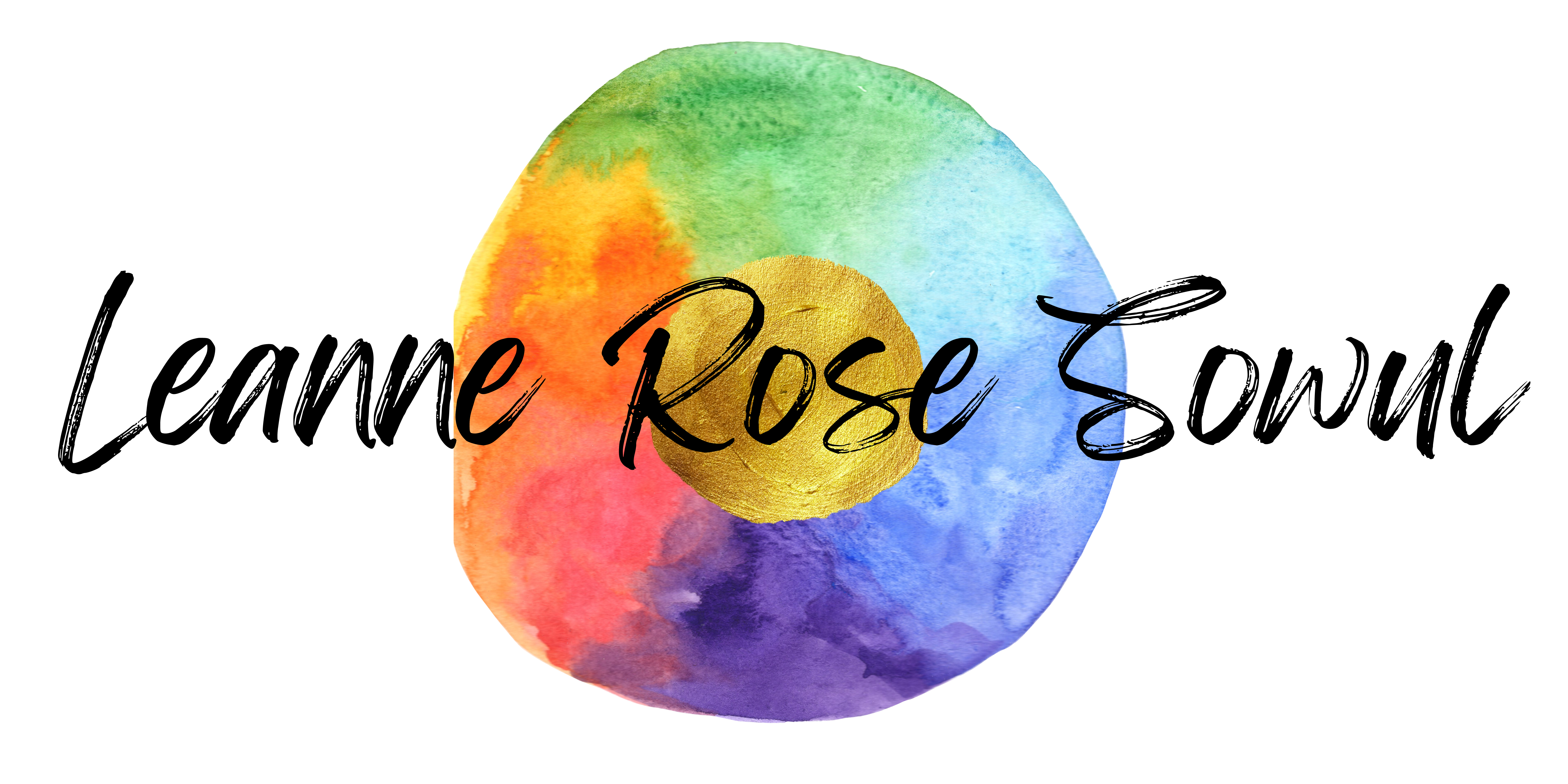I’ve been wanting to read this book ever since the translator, David Mitchell, was interviewed on The Daily Show. This book is ground-breaking- it’s the world’s first authentic, detailed account of what a person with autism thinks, feels and experiences. There are several people to thank for this global phenomenon: the author, Naoki Higashida, a (then) thirteen-year-old autistic boy; Higashida’s caretakers, who taught him to use an alphabet grid to communicate; David Mitchell, the book’s translator; his wife, who discovered the original Japanese version and pushed for a wider audience.
The book itself is not long. It’s quite simple, actually- just a series of questions and answers that Higashida responded to, interspersed with a few short stories that Higashida either heard and remembered, or wrote himself. There are also several pages of beautiful artwork by artists Kai and Sunny. There’s so much power in this short work. Even those who don’t know someone with autism will be amazed at the depths of Hidashida’s mind.
Here are a few quotes from the book that I found particularly eye-opening:
On why autistic people repeat questions over and over…
“I imagine a normal person’s memory is arranged continuously, like a line. My memory is more like a pool of dots. I’m always “picking up” these dots- by asking my questions- so I can arrive back at the memory that the dots represent. But there’s another reason… repeating questions we already know the answers to can be a pleasure- it’s playing with sound and rhythm.”
On communicating…
“Making sounds with your mouth isn’t the same thing as communication, right? Lots of people can’t get their heads fully around this, I think. Just because some of us can make sounds or utter words, it doesn’t follow automatically that what we’ve said is really what we wanted to say. Please don’t assume that every single word we say is what we intended. This makes communication between us difficult, I know- we can’t even use gestures- but we really badly want you to understand what’s going on inside our hearts and minds. And basically, my feelings are pretty much the same as yours.”
On why autistic people don’t make eye contact when talking…
“What we’re actually looking at is the other person’s voice. Voices may not be visible things, but we’re trying to listen to the other person with all of our sense organs. When we’re fully focused on working out what the heck it is you’re saying, our sense of sight sort of zones out.”
On being alone…
“The truth is, we’d love to be with other people. But because things never, ever go right, we end up getting used to being alone, without even noticing this is happening… It makes me feel desperately lonely.”
On feeling physically trapped…
“We never really feel that our bodies are our own. They’re always acting up and going outside our control. Stuck inside them, we’re struggling so hard to make them do what we tell them.”
On choosing to be “normal,” if that were possible…
“I’ve learned that every human being, with our without disabilities, needs to strive to do their best, and by striving for happiness you will arrive at happiness… I’m not sure how much it matters whether we’re normal or autistic.”
On beauty in the world…
“Every single thing has its own unique beauty. People with autism get to cherish this beauty, as if it’s a kind of blessing given to us. Wherever we go, whatever we do, we can never be completely lonely.”
On where autism comes from…
“I think that people with autism are born outside the regime of civilization… we are more like travelers from the distant, distant past. And if, by our being here, we could help the people of the world remember what truly matters for the Earth, that would give us a quiet pleasure.”
This book is truly the most impactful reading I’ve done in a long time- big thoughts, big feelings, big insights in a small, simple package. I strongly encourage you to read it!

